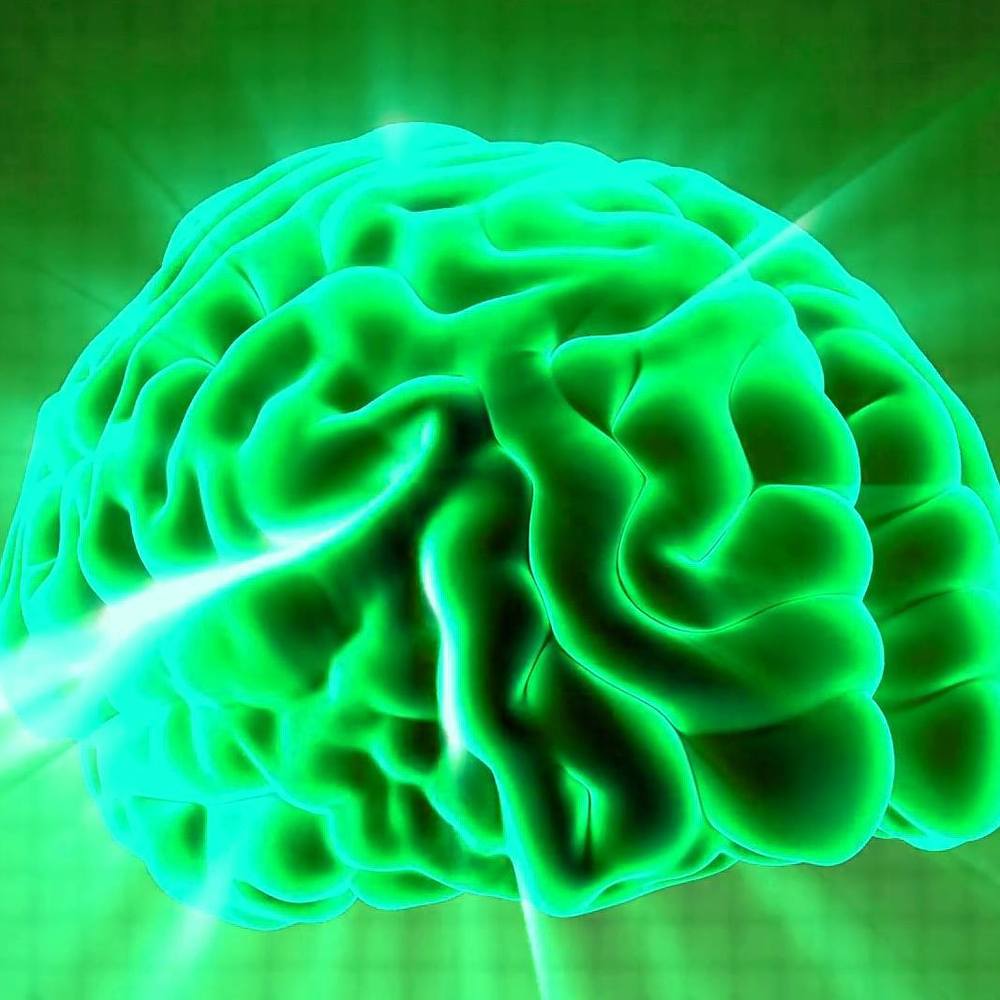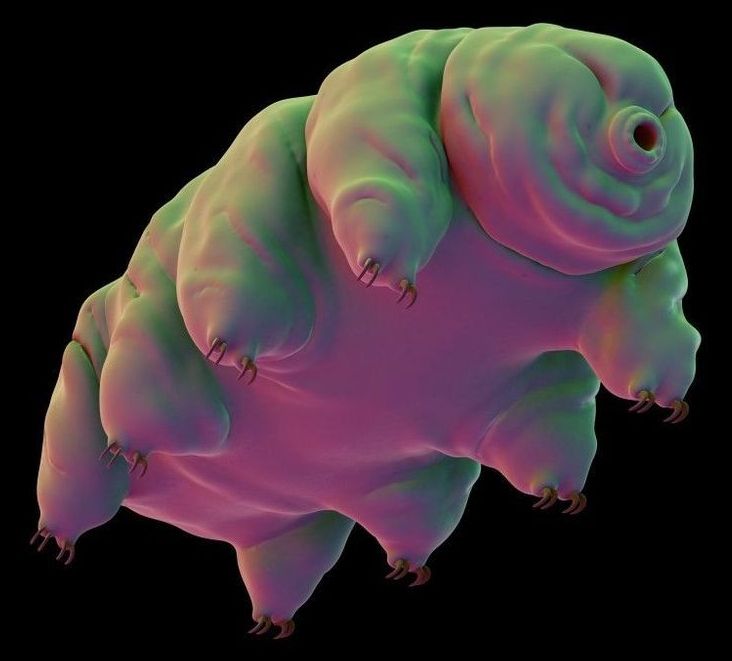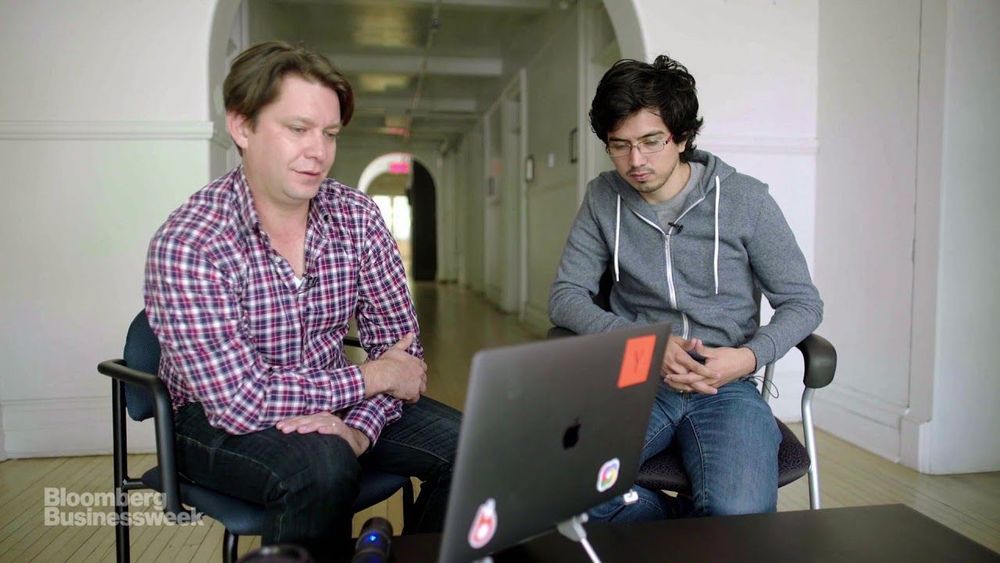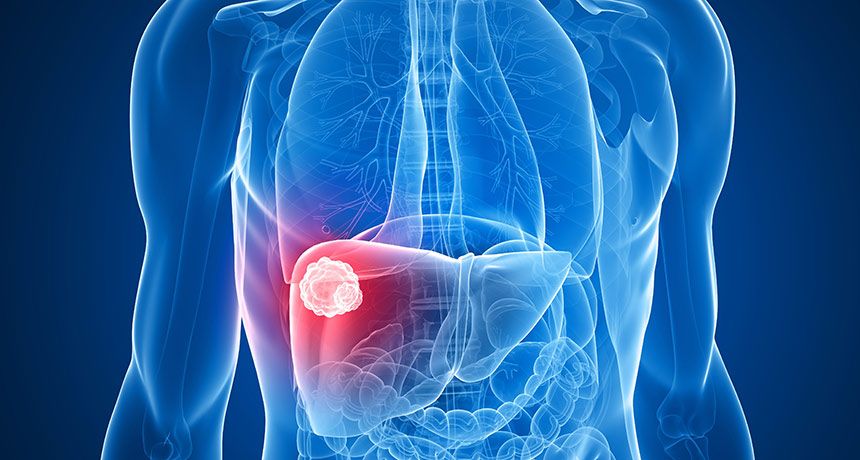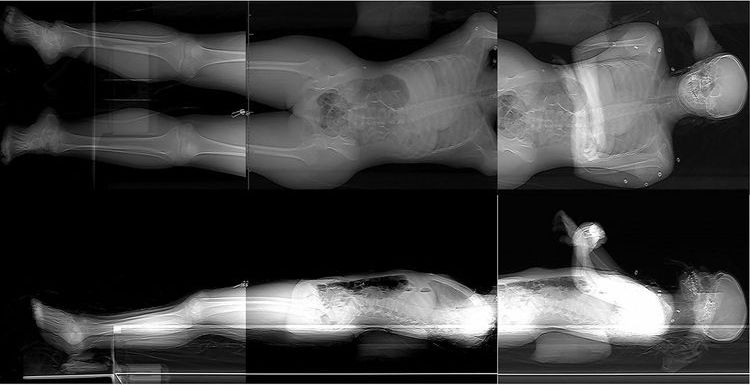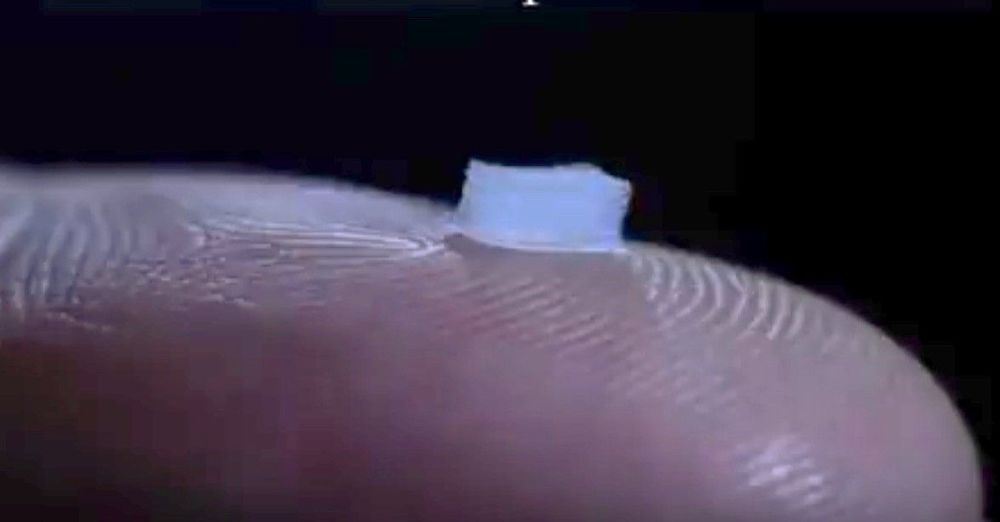Jan 30, 2019
Implantable Knee Shock Absorber Embedded in First Patient in U.S.
Posted by Paul Battista in category: biotech/medical
A total knee replacement is usually the result of the cartilage within the joint wearing out due to arthritis. Such surgeries are difficult to perform, require a good deal of rehabilitation, and too often result in sub-optimal outcomes. An implantable shock absorber has now been implanted for the first time in the United States to test whether it can delay the need for total knee replacements, and maybe even avoid such procedures completely in many patients.
The Calypso Knee System was developed by Moximed, a company based in Fremont, California, and surgeons at The Ohio State University Wexner Medical Center are the first to try it out in the U.S. The device attaches to the sides of the femur and tibia bones, away from the joint itself and therefore doesn’t alter the anatomy of the fragile joint.
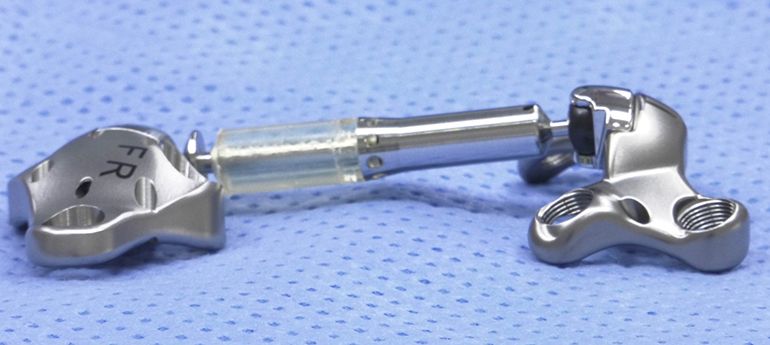
Continue reading “Implantable Knee Shock Absorber Embedded in First Patient in U.S.” »

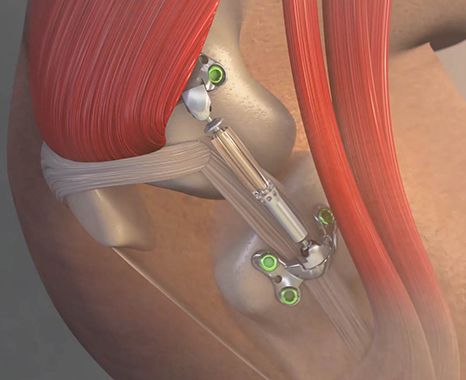 A total knee replacement is usually the result of the cartilage within the joint wearing out due to arthritis. Such surgeries are difficult to perform, require a good deal of rehabilitation, and too often result in sub-optimal outcomes. An implantable shock absorber has now been implanted for the first time in the United States to test whether it can delay the need for total knee replacements, and maybe even avoid such procedures completely in many patients.
A total knee replacement is usually the result of the cartilage within the joint wearing out due to arthritis. Such surgeries are difficult to perform, require a good deal of rehabilitation, and too often result in sub-optimal outcomes. An implantable shock absorber has now been implanted for the first time in the United States to test whether it can delay the need for total knee replacements, and maybe even avoid such procedures completely in many patients.

